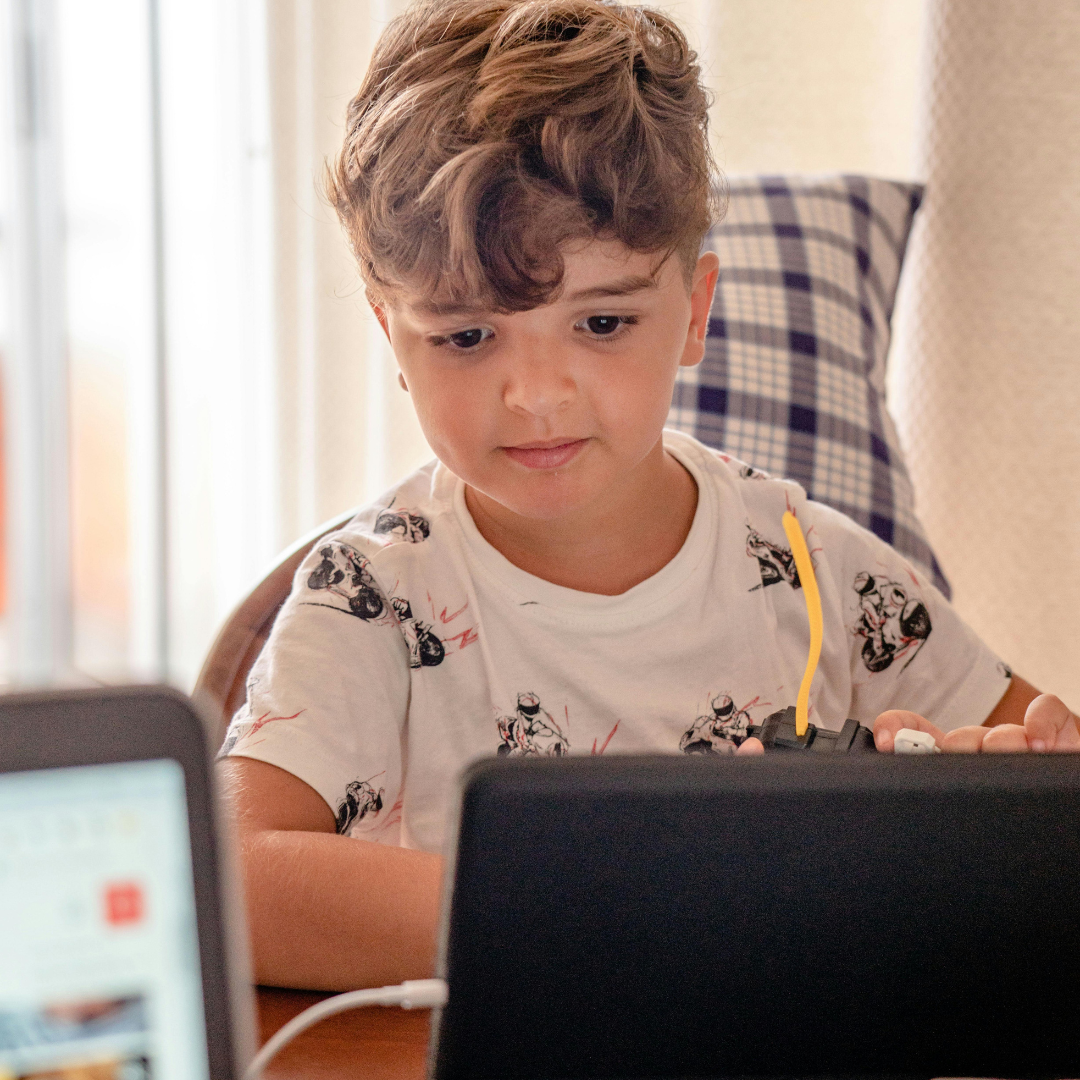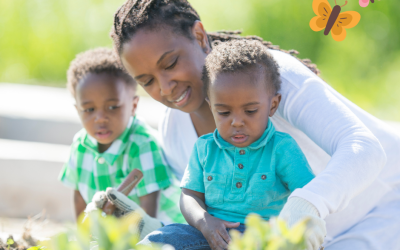If you’ve got a child under 16 who’s currently on social media, you’ll know 10 December as the date that their world is going to end, the date at which for them life will no longer have any happiness or light. You might also know 10 December 10 as the date the Australian government’s social media ban will come into effect.
To recap, our government is leading the way in global child safety, by introducing pioneering age limits on social media, designed to safeguard young people during a pivotal stage of their growth.
From 10 December 2025, major social media platforms will be requiredby law to take active measures to stop Australians under 16 from opening or maintaining accounts.
While it’s tempting to laugh off all the under 16s freaking out at the prospect of losing their social media accounts, their anxiety is real, and many parents are grappling with how to manage it.
Here’s some common questions and concerns your kids might have about the upcoming social media ban, and how you can answer them.
Why is the age restriction being introduced?
These new rules are intended to shield children from the pressures and potential harms associated with social media use—such as features that deliberately encourage excessive screen time and exposure to material that can negatively affect mental and physical wellbeing.
What platforms do the restrictions apply to?
Although a formal list has not yet been confirmed, the restrictions are expected to cover platforms including Facebook, Instagram, Snapchat, TikTok, X (formerly Twitter), and YouTube, among others.
Broadly, the conditions apply to platforms where:
- the sole purpose of the service is to enable online social interaction between two or more users
- the service allows users to link to, or interact with, some or all of the other users
- the service allows users to post material on the service.
Recently, the eSafety Commissioner has also requested self-assessments for WhatsApp, X, Roblox, Pinterest, Discord, Lego Play, Reddit, Kick, GitHub, HubApp, Steam, Twitch and platforms provided by Match Group. This request does not mean that they are age-restricted platforms, only that eSafety would like further information.
Will under-16s who already have accounts be allowed to keep using them?
No. Social media services with age restrictions will be required to take practical measures to detect and shut down accounts belonging to users under 16.
Will underage users be able to reactivate their old accounts when they turn 16?
It will be up to each platform to decide, but it seems to be in their best interests to encourage users back once they turn 16. It may be that platforms decide to remove an underage account (so the user has to sign up again when they turn 16) or deactivate the account (so it can simply be reactivated with all its existing connections when the user turns 16).
Will there be penalties for under-16s if they get around the age restrictions?
There are no penalties for under 16s who access a social media platform, or for their parents or carers.
However, social media platforms will face penalties if they don’t take reasonable steps to prevent under-16s from having accounts on their platforms.
Won’t under 16s just find ways around the age restrictions?
Technology that enables age checks already exists, and in some cases is already in use. For example, Tinder is currently introducing its FaceCheck tool across Australia to block users under 18, while Roblox is expanding its age-estimation systems to meet new safety commitments in Australia.
No system is flawless, and it’s expected that some under 16s may still find ways to bypass restrictions—just as some minors manage to obtain alcohol or cigarettes. However, platforms will be required to act when there are signs that an account holder could be underage.
Potential signals that may trigger an age review include:
- the account’s age and activity history
- frequent engagement with child-focused content
- the style and complexity of language used in posts or messages
- facial age analysis from photos or videos
- voice-based age estimation from audio recordings
- activity patterns resembling school timetables
- connections with users who also appear to be under 16
- membership in youth-oriented groups or communities.
How to speak to your kids about the age social media delay
To discuss the social media ban with your child, start by having empathetic, open conversations. Explain the law’s purpose is to protect them from risks. Help them brainstorm safe, age-appropriate alternatives for connecting with friends and entertainment, such as messaging apps. You can also work together to review current apps, plan for staying connected, and teach digital safety skills for other online spaces, reinforcing that they can always come to you with concerns.
During the Conversation
- Lead with Empathy: Show you understand their perspective and validate their feelings, rather than taking a rigid or dismissive stance.
- Ask Open-Ended Questions: Inquire about their current social media use and what they enjoy, as well as how they feel about the impending ban.
- Explain the “why”: Clearly explain that the ban is a protective measure to help them avoid negative impacts on their sleep, attention, and overall stress levels.
- Address Exclusion Concerns: Directly address their fear of being left out of friends’ activities.
After the Conversation
- Brainstorm Alternatives: Work together to find safe, age-appropriate ways to stay connected, such as messaging apps or group video calls.
- Review Accounts: Sit with them to look at their current apps and discuss what might need to change.
- Build Safety Skills: Continue to teach them about online safety, kindness, and how to seek help in all online environments, not just social media.
- Offer Reassurance: Reassure your child that they can always come to you or another trusted adult to discuss any concerns they have.






0 Comments